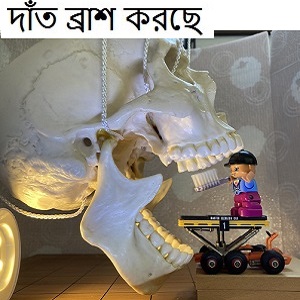Let's Create the Teaching Materials !
Principle! For Self-Support & Sustainable,
Let's create the Teaching Materials in a way that can be reproduced locally as much as possible.
Flexible Teaching Materials that can be improved and dealt with locally rather than advanced teaching materials.
* Consider (harmonize) the level of content with the ability of the target and the priority of the content to be taught.
..Forget.What you want to teach (often too advanced due to the vanity of the teaching side)
..Mind...What you should teach (possible for the traget people, and people can become healthier easly by learning the subject.)
It is important that everyone involved become familiar with and resulting favorably this project.
To this , it is important to devise ways to make many people to participate.
There are secrets to success
(2) Prepare and devise to avoid troubles and to respond flexibly.
(3) Things to keep in mind.
Targets people should come to interest on oral health care .
..(3-1) Being feasible and familiar.
....(Example)
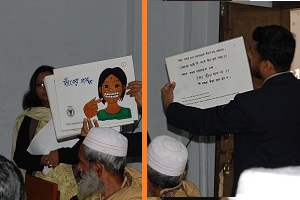
.....Instructions/explanation are written on the back of the picture-story show so that people can easily play the picture-story show.
.....(3-1-A) School teachers can give their children simple oral hygiene instructions with the help of dentists.

.....(3-1-B) Even older children in the area can read the picture-story show to younger children.
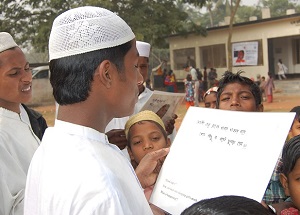
.....(3-1-C) Then, Children will try to learn and practice for their own health.
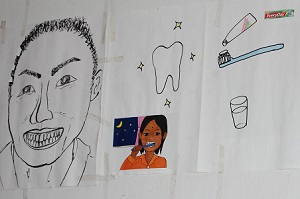
..(3-2)Using many Strategy for Localization.
.....(3-2-A)Students of the target schools on TBI Picture-story card
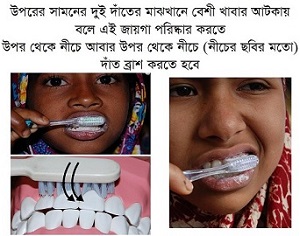
.....(3-2-B)Photographs of Students in the target schools on the presentation screen at a Seminar.
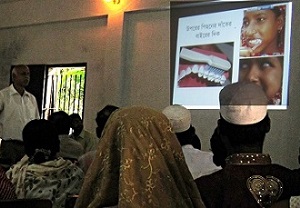
..(3-3)Little fun for targets is also very important.
Images are more effective than words.
During the project, Please take a picture of the actual activity in the field, especially the picture of the target people.
(The photos of fellow members are not very useful!)
How to Take Pictures for Teaching Materials..
(1) As for the dentition model, it is much easier to take a picture of a larger model than the life size model. 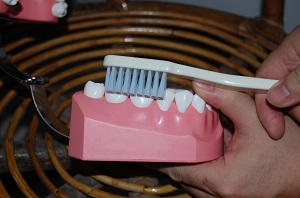
The composition is also easy.
(2) The life size model is usually too small, and it is difficult to set up the camera, model, toothbrush, etc. not to physically interfere (collide).
Shooting as expected is often physically impossible.Adjusting the lights is also difficult. 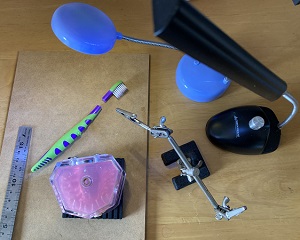
In some cases, it is necessary to separate the head and handle of the toothbrush. 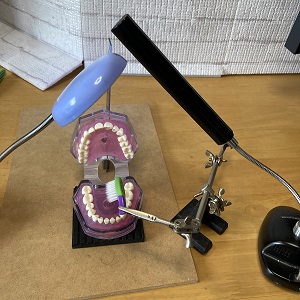
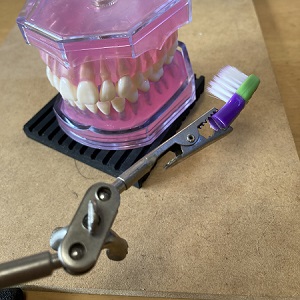
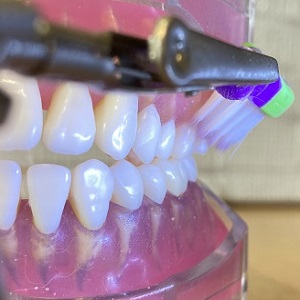
It is sometime difficult to support it by hand, so it is better to use a device to fix it.
A small smartphone are sometime easier to use than a large camera.
(3) It may be effective to devise some light source or use atoy for composition. 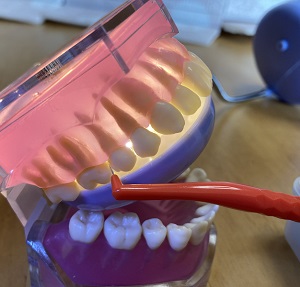
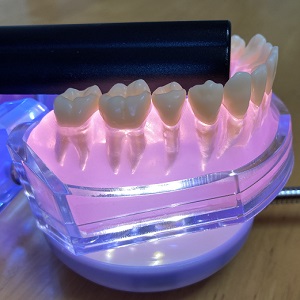

Hanging the model from above is also a way to make shooting easier. 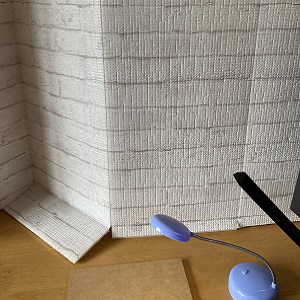
White plastic boards may used to diffuse light.It helps to eliminate shadows.
(4) In fact, a large imaging table and a big-long Telescopic/Macro lens were used for the imaging of specimens at anatomical research, and parallel projection is performed from a long distance so that parallax does not occur.
Using a large number of light sources and reflectors to prevent shadows.
This requires a great deal of equipment.
So We don't have to want a good photo in such detail. We don't have to take detail so seriously.
(5) A camera equipped with a macro lens and some strobe dedicated to intraoral photography is desirable for intraoral (child) photography. 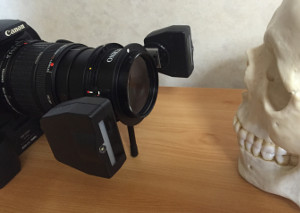
However, it is expensive and requires maintenance. Also, since it is necessary to operate the mirror and anti-fog.
A smartphones may be more practical at schools. 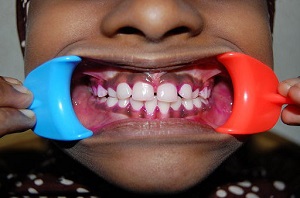
In any case, it is almost impossible to photograph the molars without oral retractors.
Please Pay attention to how to pull the Oral Retractor.
Especially when you ask child to pull it by themselves.
In many cases, the cervical region is often not visible because pulled too hard backwards.
